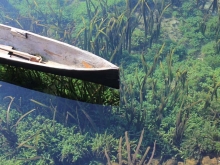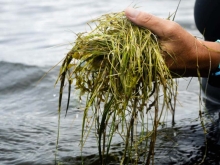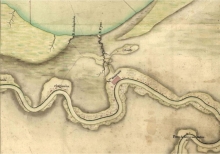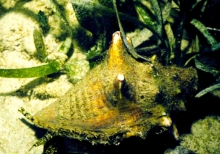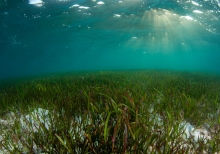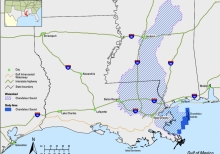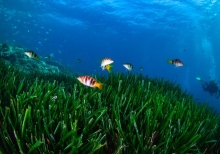Common Submerged Aquatic Plants
There is a plethora of submerged aquatic plant species. Some may be more prevalent in certain areas than others. Submerged aquatic vegetation are plants that are completely under the water and typically have a root system in the bottom sediment. They require the water for physical support of the plant structure.
